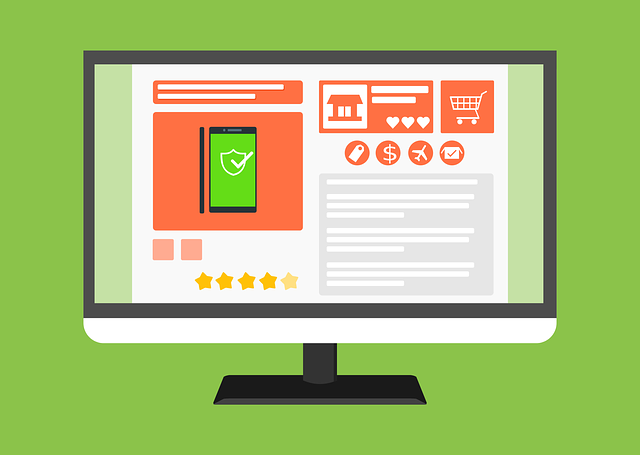We are all aware that the world of e-commerce is changing. Solutions that might have been ideally suited for growing businesses yesterday could be redundant today and outdated tomorrow. Just customers are more demanding in terms of the products and distributors they wish to be associated with, online business owners need to adapt to such a fluid environment. This is why some of the tried-and-true providers might not longer be able to meet the mark. They are being replaced by more agile and user-friendly systems. One example of this undeniable trend can be seen in the relationship between Big Commerce enterprise solutions and the cloud-based utilities offered by Shopify Plus. In order to make the right decision, it is important to look at these two businesses from a comparative standpoint. You can then draw your own informed conclusions.
Is Bigger Necessarily Better?
Big Commerce is one of the most well-known e-commerce providers on the market today. Due partially to the fact that it has existed for some time, many business owners have retained this software due to simple loyalty. However, loyalty does not always equate to long-term success. This observation can be seen in the annual growth rate of Big Commerce compared to Shopify. Big Commerce users can expect yearly growth rates of approximately 28 percent. While this is indeed above the industry average, those who choose to employ Shopify Plus are associated with average growth rates of an astounding 126 percent. Why is this the case?
One of the main reasons for such impressive levels of return on investment has to do with the fact that Shopify Plus has been designed to maximize results while minimizing the amount of effort required to enjoy handsome returns. This approach has a great deal to do with the tools and techniques that are offered to the user from the very beginning. A handful of the most effective include:
– Access to more than 20 different marketing channels.
– Website uptime of nearly 100 percent.
– 24/7 customer support and the use of live representative in the event that a question arises.
– A number of proprietary e-commerce automation tools to streamline sales efforts and to drive revenue.
From a hands-on point of view, it should not be clear to appreciate the general appeal of Shopify when compared to Big Commerce. Still, there is a bit more than may initially meet the eye. What other parameters are driving the growth of Shopify and how will these metrics benefit the end user?
Getting Down to the Finer Points
One important defining factor in terms of any retail sales platform is speed and page load times. Users do not want to wait for a transaction to take place; especially when they are out and about while placing an order. Research has shown that Shopify checkouts are up to 40 percent faster than the industry average. Furthermore, the average page powered by Shopify Plus loads at 45 milliseconds. When contrasted to the 179 milliseconds associated with Big Commerce, the differences become clear.
Scalability is another point to mention. To be clear, both of these platforms are associated with an out-of-the-box sense of functionality. The main difference is how easy it is for users to adapt Shopify around the needs of their online store. Integrations will take place at lightning-fast speeds; helping to ensure that the website does not suffer from any dreaded downtime. The drag-and-drop functionality associated with Shopify e-commerce templates and digital storefronts is perfectly suited for those who possess only the most basic level of coding knowledge. Therefore, more effort can be devoted to core competencies such as sales and marketing as opposed to being forced to become bogged down in technical issues.
In summation, no e-commerce platform should remain static. Businesses that have enjoyed a significant level of growth in 1028 might have very well “outgrown” legacy-based software packages. This is why adaptation is the overall key to success. While there is no doubt that Big Commerce has its good points, the simple fact of the matter is that it might be time to migrate to a more streamlined system.
Business owners of all sizes need to appreciate that change is a good thing. They should not be impeded by fear or hesitance if they wish to make a lasting impression throughout the remainder of the year. This is why it might be time to reevaluate the metrics of Big Commerce in favor of more cutting-edge cloud-based platforms. The digital retail marketplace is continuing to grow and 2019 should represent yet another stellar year. The main question is whether or not you are willing and able to adapt to this momentum or you instead choose to remain at a plateau.





